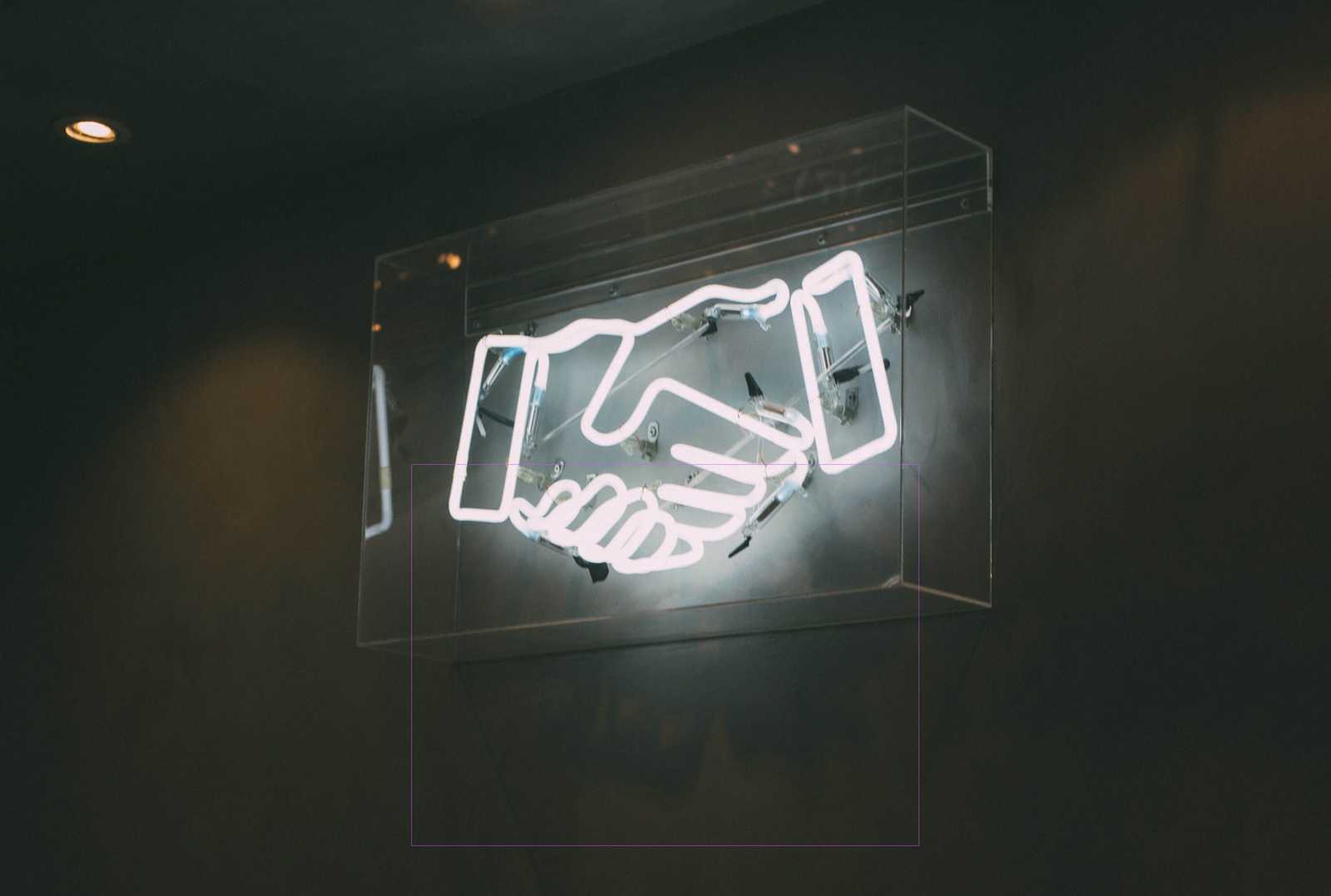A guide to unlocking untapped revenue through personalisation in 2023: What is personalisation?

Author
Bri Axon
Published
Ask yourself a question – how effective is your personalisation, really?
Room for improvement or non-existent – then read on… Through a series of articles we’ll be demonstrating why personalisation is key (one big brand accidentally turned off their personalisation and revenue dropped by 20 per cent – enough said), and provide you with a tried, tested and proven to work framework to help you ‘do’ personalisation properly.
According to Gartner poor or lacking personalisation efforts lead to 41 percent of consumers switching companies. That’s a lot of business to lose, needlessly.
That’s not to say that personalisation is easy, because it is not. However, it is certainly worth the pain as the following stats from McKinsey indicate:
- Personalisation has the potential to create $1.7 trillion to $3 trillion in new value in the US alone
- Personalisation lowers acquisition costs by up to 50 percent
- Personalisation generates revenue uplifts of between five and 15 percent
- Personalisation increases marketing spend efficiency by 10-30 percent
- Companies that grow faster drive 40 percent more of their revenue from personalisation than their slower-growing counterparts
Not to mention the value placed on personalisation by customers:
- 71 percent of consumers expect companies to deliver personalised interactions and 76 percent get frustrated when this doesn’t happen
- 78 percent of people are more likely to recommend a brand that provides personalisation
- 47 percent of customers check Amazon if the brand they’re shopping with doesn’t provide product suggestions that are relevant (Smart HQ)
- 52 percent of frequent gamers only play with brands that they feel personalise the experience (RazorFish)

Despite these hugely compelling stats, there has been much hype that 2023 will see many brands abandon the personalisation effort. Gartner estimates that this will be as high as 80 per cent by the end of 2025. And if you browse LinkedIn it is not hard to find a brand side marketer bemoaning the lack of value they are realising from their personalisation strategy.
Why is this?
The problem, as I’ve already said, is that personalisation is hard to do well. In fact, there are a lot more #fails than there are #winners when it comes to personalised campaigns with one of my all-time personal favourites being two-year-old Evan Hart, who was offered a credit card with thousands of frequent-flyer miles because of his “admirable credit history” – not bad for a 24-month old, imagine what he’d get when he’s 30. And of course you can’t not mention the constant recommendations you receive for the product that you’ve literally just bought.
Recommendations for many brands is the sum total of their personalisation strategy – after all it worked for Amazon (I refer you back to the aforementioned stat that 47 percent of customers check Amazon if the brand they’re shopping with doesn’t provide product suggestions that are relevant). There is nothing wrong with this as a first step – but there are so many other approaches to personalisation that can be taken. For instance:

Friction-Reducing Personalisation:
This approach focuses on removing obstacles and making the user experience as smooth and easy as possible. This can include things like pre-populating forms with the user’s information, providing suggested search results, and customising content based on the user’s past behaviour. One of the classic examples that has a significant impact on Conversion Rate is populating searches based on previous activity; encouraging visitors to pick up where they left off improves customer experience and finalises the task they came to fulfil. We’ve tested this concept 100s of times in multiple industries and it has a positive ROI every single time. It doesn’t matter if the users are searching for shoes, flights or games to play. Not having to retype your keywords shortcuts the time to purchase.
The goal of friction-reducing personalisation is to make it as easy and efficient as possible for the user to accomplish their tasks.
Functional/Essential Personalisation:
This approach focuses on providing the user with a personalised experience that meets their basic needs and expectations. This can include things like remembering the user’s login credentials, saving their preferences, and providing a seamless and consistent experience across different devices and platforms. The goal of functional personalisation is to make it easy for the user to accomplish their tasks and achieve their goals.
An example of this kind of personalisation is remembering customers’ previous preferences. One of my favourite comes from airlines; the prioritisation of upsell of ancillaries being based on previous purchase.
This kind of personalisation is used frequently in the gaming sector, where users’ presets are useful for surfacing the next fun events/games based on their previous interaction as well as, or more importantly, keeping users safe through Responsible Gambling.
The goal of functional/essential personalisation is to make it as easy for the user to pick or proceed with the next best action and explore opportunities that are relevant to them.

Value-Adding Personalisation:
This approach focuses on providing the user with additional value beyond their basic needs and expectations. In addition to personalised recommendations this can include things like targeted content based on the user’s interests, and personalised promotions and offers.
These experiences are not very often seen in the wild, however, the best concepts we tested were centred around creating personalised areas (sections) where users have all their favourite content in one place.
The industries that are most actively investing in this type of personalised experiences in our experience are retails and gaming companies. They are driven to surface relevant information to their customers in a way that supports expanding the type of products they are looking to consume. This will open up their consumption opportunities and encourage further engagement with the brand, increasing the customer lifetime value; therefore driving up the ROI for our clients.
The goal of value-adding personalisation is to enhance the user’s experience and provide them with a sense of personalised attention and care.
These three personalisation approaches can be combined and tailored to suit the specific needs and goals of a business or organisation. By understanding the different types of personalisation, it becomes much easier to create more engaging and effective user experiences. However, two very important questions relate to the approaches:
First important question:
How can the personalisation approaches benefit the user?
Second important question:
How do you answer the first important question?











